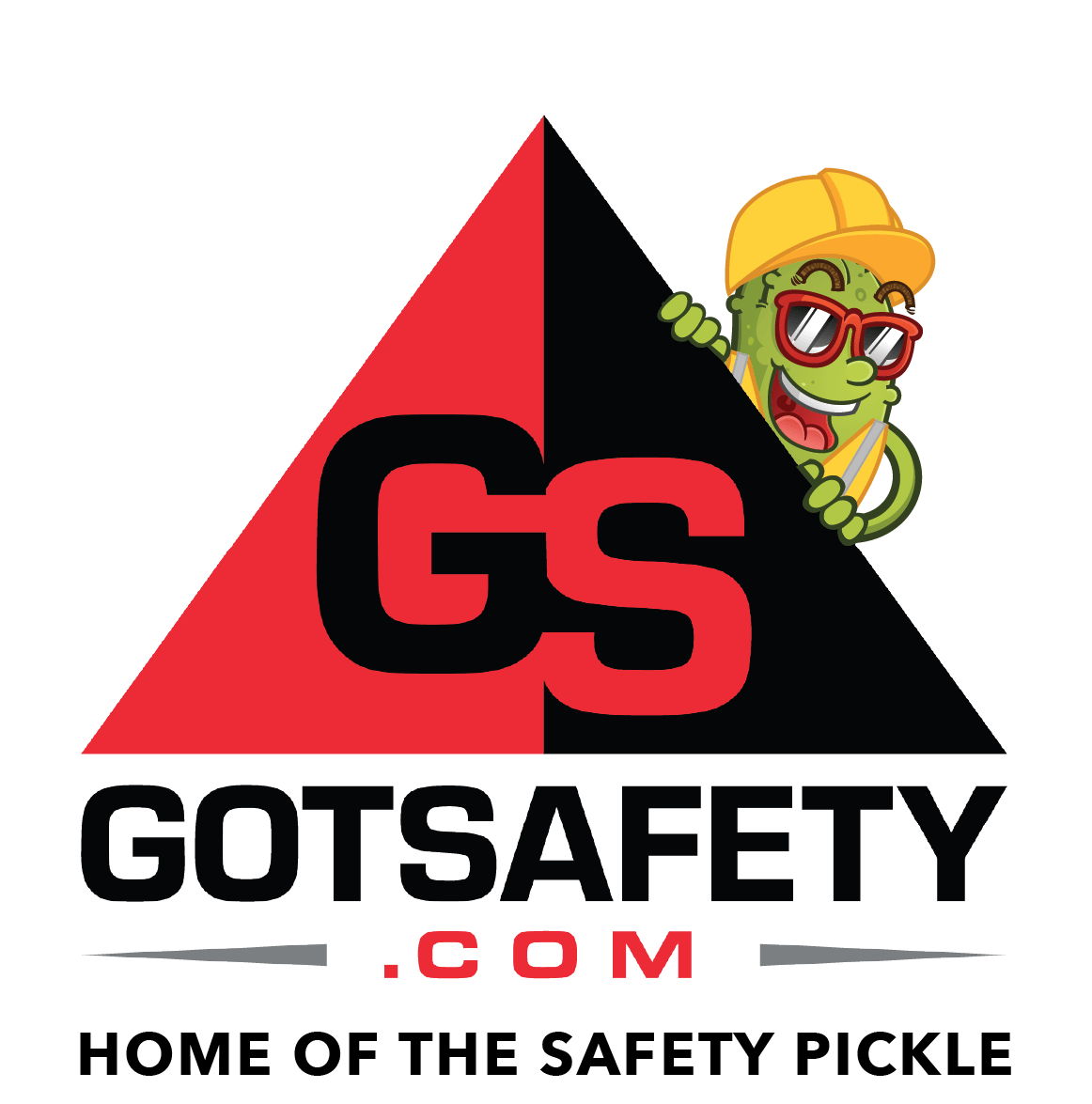Air Hose Safety
introduction
Compressed air can cause serious injuries, so it is always important to make sure you are using the proper equipment and using it correctly.
preperation
There are several things you should take care of before you use an air hose or any air pipelines:
- Make sure you are using the proper hose.
- A hose should be able to withstand more pressure than you anticipate using; even a split second of a surge could make the hose break apart and cause injury to people around the hose.
- OSHA requires compressed air hoses with a 1 inch or larger inside diameter to be chained or otherwise restrained to make sure the hose doesn’t whip if it disconnects.
- Inspect the hose regularly to make sure that the restraints are secure.
- Secure connecting ends of hoses together if there are 2 or more hoses connected to each other.
- Make sure hoses that are 2 inches or more in diameter are protected from any unnecessary movement.
- Before using the hose, inspect it for damage or signs of failure, such as:
- Blisters or lumps on the hose cover
- Exposure of the reinforcement of the hose
- Leaks, especially at the coupling ends
- Flattened or kinked areas
- A reduction in flow indicating that the tube is swelling
- Make sure connections and couplings are tight and all pieces are properly attached.
- Make sure your air hose has a “dead man” switch–this makes it so the hose turns off automatically when put down; which means it will not get out of control if you accidentally drop it.
- Never take it for granted that everything is in working order; always inspect your air hose before using it
USEAND HANDLING AN AIR HOSE
- Do not yank the air hose if it gets caught around an object or a corner. Instead, walk over to the point where it is caught and untangle it.
- Wear your PPE.
- Safety goggles or a face shield to protect your eyes from the compressed air or flying debris
- Earplugs or earmuffs to protect your hearing; air hoses are often with tools that have noise levels of about 85 decibels, which can lead to hearing loss.
- When you are finished using the air hose be sure the air supply is turned off and the hose is bled before you detach it.
- Keep the air hose off in a safe place to make sure people (yourself included) do not trip over it.
- Prevent sharp objects from rubbing against the hose.
- Keep the hose away from heat and oil, both of which can cause it to deteriorate.
- Coil the hose without kinks and hang it in a safe place when not in use. (Proper storage of air hoses can make them last for up to 5 years longer.)


COMPRESSED AIR SAFETY
Although it may seem like it’s not a big deal, the compressed air coming out of the air hose can cause a lot of damage to the human body, such as internal hemorrhaging and popping eyes out of their sockets. Therefore, never point an air hose at another person, including yourself, and do not use an air hose to clean off your clothes. Be sure to be aware of your surroundings and make sure no one is in the path of the air hose.
In addition, compressed air should not be used to clean certain machines or items, because the high air pressure may ruin or dislodge important parts. Always use common sense whenever you are working with compressed air.
CONCLUSION
When dealing with an air hose, be sure you go through the proper steps for both preparation and use of it. Especially remember to treat the compressed air with respect, and always be aware of your surroundings when you are working with an air hose.

